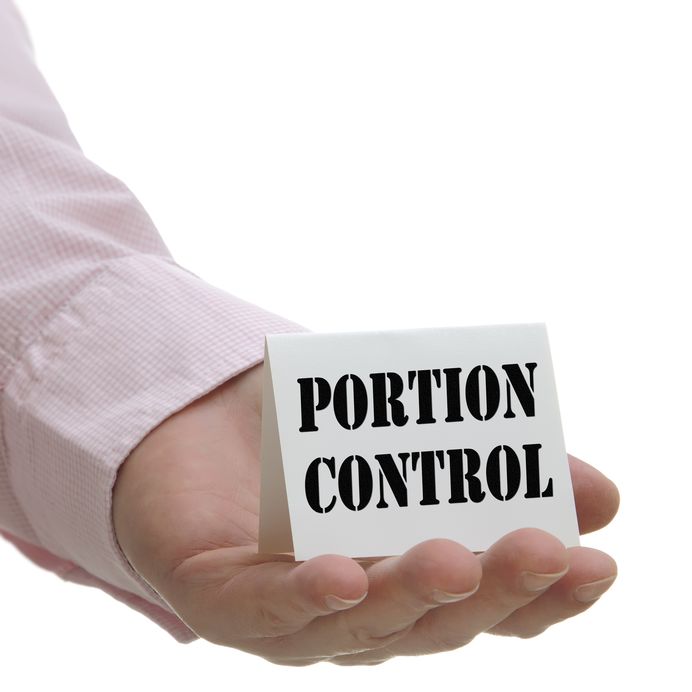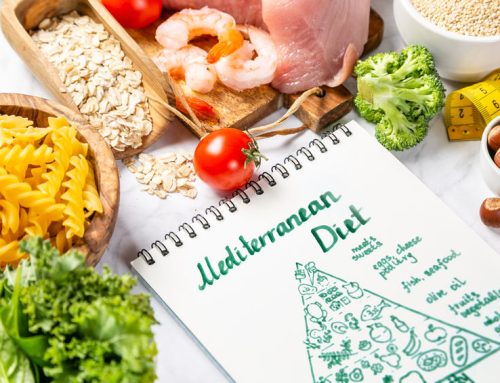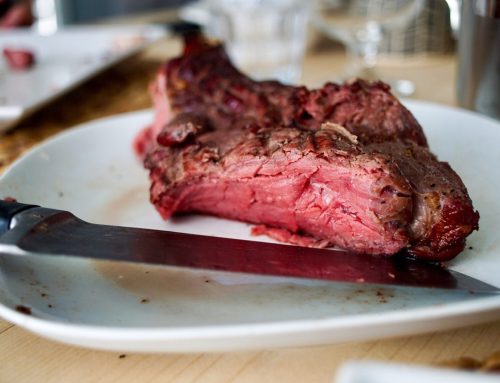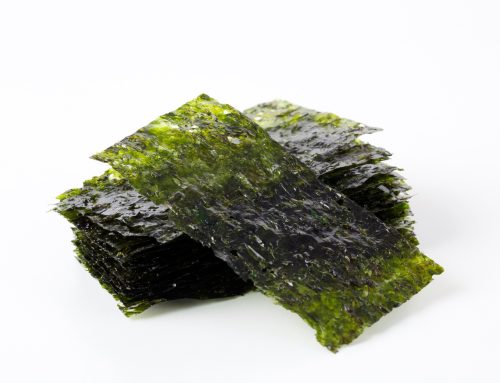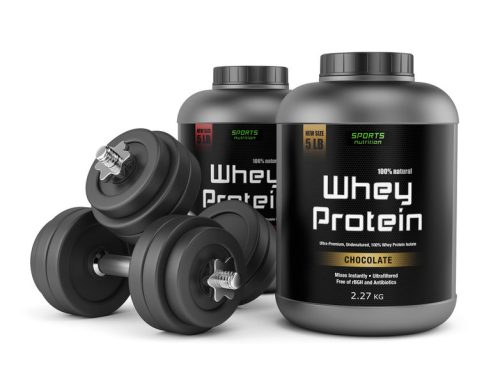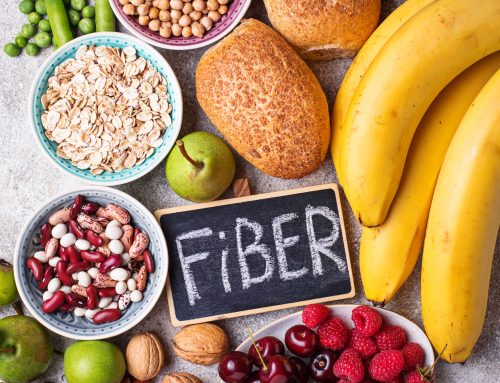Here’s a nutrition coaching tip. Focus on the quality rather than the quantity of food and you will be successful in maintaining a healthy weight. Nutrition coaching focuses on assisting clients with behavior change so that they learn how to make healthy food choices. A major focus of nutrition coaching is portion control.
Nutrition Coaching Emphasizes Portion Control
Portion sizes are out of control. This is a big contributor to the obesity epidemic. Restaurants serve entrees that amount to three portions and fast food meals are super-sized. Big box food retailers like Target also promote eating mass quantities of food. How about a free dessert of appetizer coupon to promote overeating?
Research demonstrates that people tend to focus on eating the largest amount of food and don’t think about the pleasure of eating the food. This is because we eat with our eyes, hearts, and cultural norms, and neglect to pay attention to how we actually feel when we are eating.
The Psychology of Food and Portion Choices
Pierre Chandon is the L’Oréal Chaired Professor of Marketing, Innovation and Creativity at INSEAD, a global business schools with campuses in France and Singapore. He is also director of the INSEAD-Sorbonne Behavioral Lab. He has done extensive research on the psychology of eating.
In a series of studies conducted in the U.S. and France his study found that people neglect to take into account the role of pleasure when choosing between a small or a large portion of food. Even more surprisingly, people get the relation between pleasure and food size completely wrong.
Research on Portion Size Choices
This is how Dr. Chandon conducted the study:
- The 367 adult participants were asked to predict how much they would enjoy increasing portions of chocolate brownie.
- Most of them correctly anticipated that the largest, 350 calorie portion, would be too large.
- They all expected to enjoy eating three-fifths of it, amounting to 210 calories, more than eating only a fifth of it (70 kcal).
- It turned out that they were wrong.
These were the study results:
- Study participants who ate the medium sized brownie were more satisfied than those who were asked to eat the whole brownie.
- And, the people who were given the smallest portion of the brownie reported a more satisfying experience than people who ate the medium portion.
Eating Pleasure is Not Related to Portion Size
Why is eating pleasure not related to portion size? It turns out that the first bite of anything is the most pleasurable. Every additional bite, while still enjoyable, provides less pleasure than the preceding one. This is a universal phenomenon known as hedonic adaptation.
What is less well known is that it is the last bite that determines our overall satisfaction with the food that we have eaten. And when the portion is large, the last bite tastes pretty bland and it eats away at our entire evaluation of the consumption experience.
So, when people forget this and focus on hunger, value for money, or just don’t realize how large portions have become, they end up with portions that are too large from a pure pleasure standpoint.
There are Two Kinds of Eaters: Epicurean and Visceral
For some people, the pleasure of eating comes from the aesthetic appreciation of the sensory and symbolic value of the food. For others, it comes from the relief of eating impulses and hunger. Dr. Chandon calls the first type “epicurean eating pleasure” and the second “visceral eating pleasure.”
Unlike epicurean pleasure, visceral pleasure is short lived and can be measured by the responsiveness to external food cues such as the sight and smell of food, regardless of the internal state of hunger or satiety.
Who are epicurean eaters? They are more often women than men and span across all ages, income and education levels and or body mass indexes. These type of eaters prefer smaller food portions and report a higher wellbeing than visceral eaters.
So, whether you already are an epicurean eater, or whether you need to be nudged through sensory imagery, remember that pleasure in food comes from appreciating its quality, not its quantity.
Click here to read full article about effective nutrition coaching.


